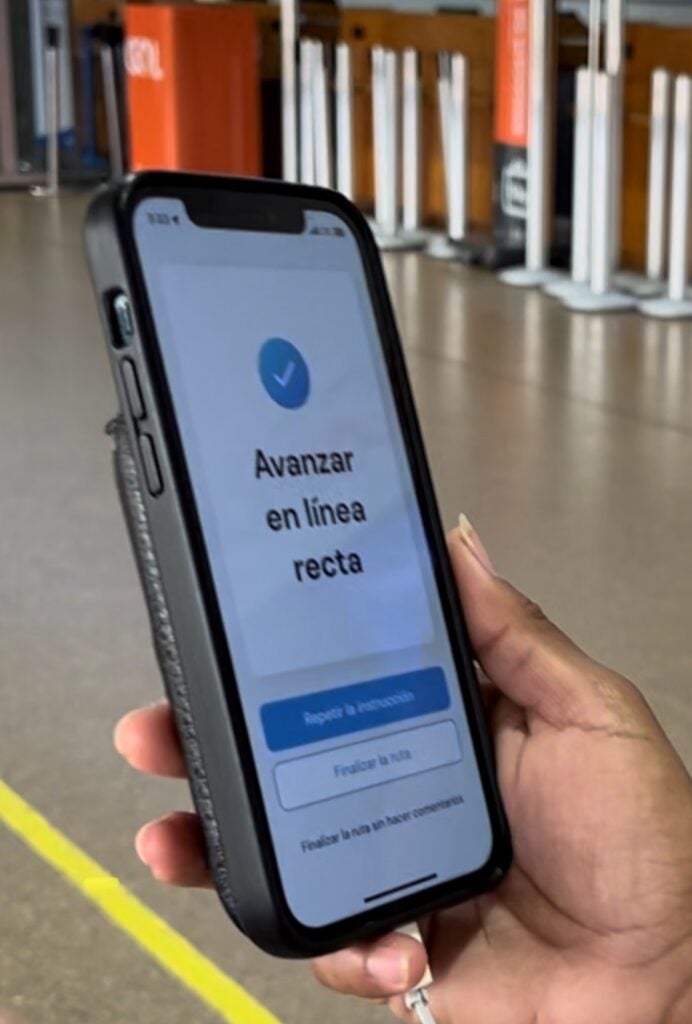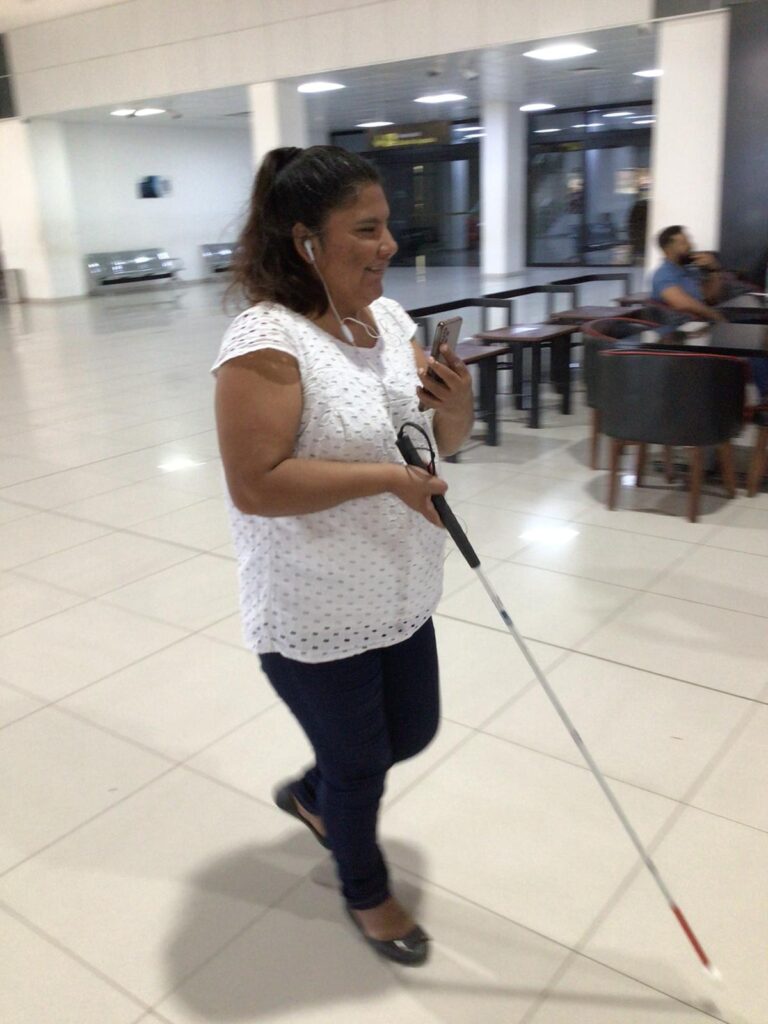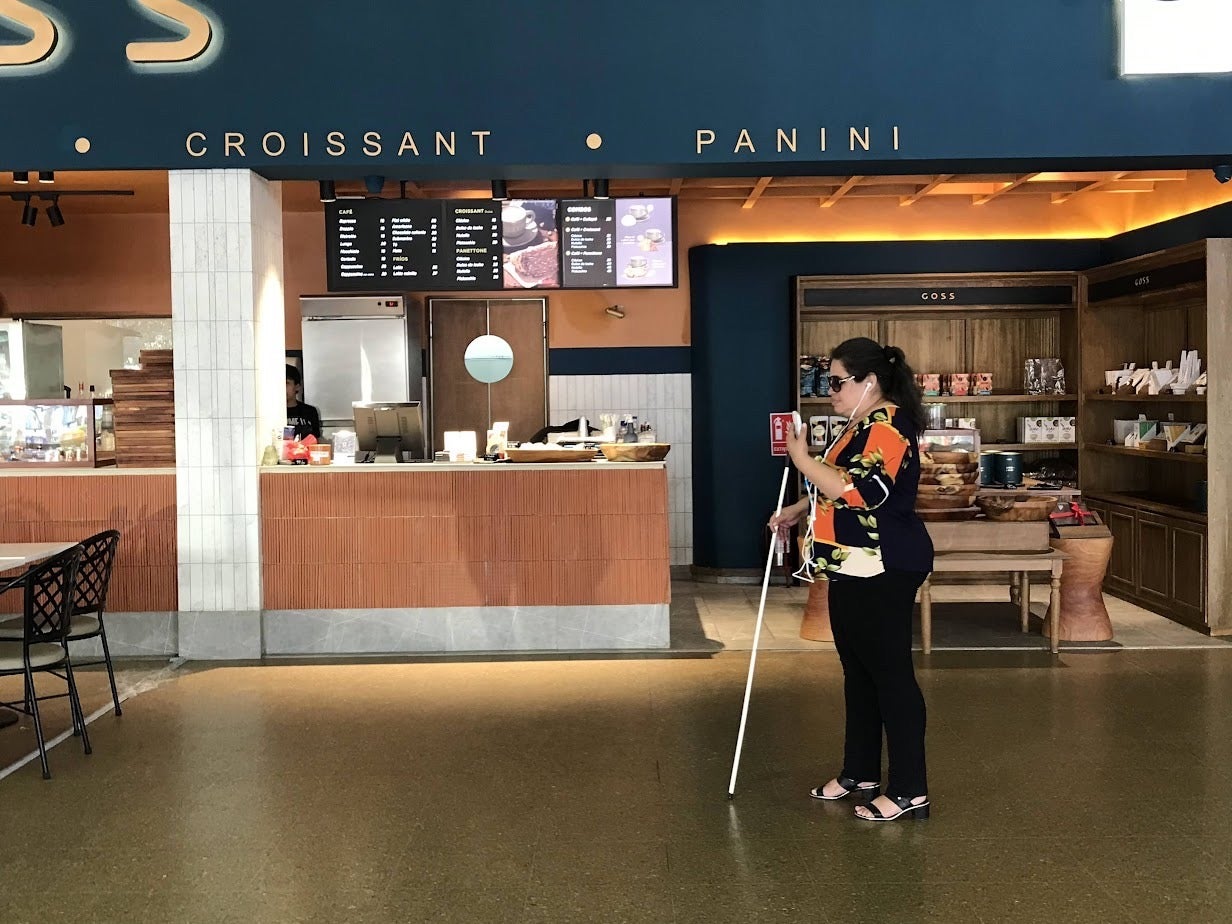Tourism in Bolivia generates 326,580 direct and indirect jobs and a contribution to GDP of 4.6%. The Santa Cruz airport, Viru Viru, is the most important in the country and where the most significant number of goods and passengers enter and leave Bolivian territory. In 2019, 2.33 million passengers were registered on Viru Viru, and this figure is continuously increasing. However, these figures do not indicate the composition and experience that different groups of passengers, especially people with disabilities, face when using the country’s airports. In this context, the report from the National Chamber of Tourism Operators (CANOTUR) encourages accessible tourism as part of the tourism trend in this sector.
Accessible tourism, or inclusive tourism, refers to making travel and tourism experiences accessible to people with disabilities and reduced mobility, including older adults. The goal of accessible tourism is to ensure that people with various disabilities can enjoy and participate in travel activities without facing unnecessary barriers or limitations.

One of the ways to promote universal accessibility is by incorporating navigation technology into architectural spaces such as airports. In this case, as part of the IDB’s diversity and inclusion agenda, Viru Viru Airport developed the Goodmaps Explore application that supports navigation and orientation within the building for travelers with visual disabilities and low vision.
Goodmaps Explore was developed to provide greater independence to people with visual disabilities when navigating buildings such as airports or terminals. Using LiDAR technology and 360-degree cameras, a digital map of the building with all its services and stores is generated and uploaded to a cloud server. When users download and open the app on their mobile phones, they can point their phone vertically toward their surrounding space. The application will then compare the image on the phone with the image in the cloud and show the user their current location. This information will provide audible directions on how to get to a selected destination. At a technological level, the application does not require installing Bluetooth equipment or transmitters in the architectural infrastructure, which would create additional costs.
For users without visual impairment or low vision, the app includes augmented reality navigation and a map, allowing them to visually explore the building before entering. Additionally, in visual mode, the app provides navigation instructions through the signage on the phone screen with the camera open and indicating the direction to reach the selected destination. To search for locations, the application categorizes them according to their use, such as restaurants, airlines, ATMs, and restrooms. Similarly, previewing the airport’s general map makes it feasible to identify the destinations of interest ahead of time.
Pilot Testing
On August 22 and 23, 2023, pilot tests of the app were carried out with the participation of 20 people with visual disabilities and low vision from the Mutual Foundation for blind people of Santa Cruz, with the support of CONALPEDIS, the Airport Technical Unit and the Ministry of Public Works of Bolivia (MOPSV).

The tests were an excellent opportunity to see the benefit and positive impact that a navigation application with these features can have, not only on people with visual disabilities but the benefit it provides to any traveler. Participants felt confident in reaching their chosen destination autonomously and without asking for help. It also generated interest in many of them to learn about technologies that can provide them with a better quality of life and greater autonomy.
The Goodmaps application is available at airports in the United States, supermarkets in Mexico, and now in the Viru Viru airport in Bolivia. We trust that more public buildings will include this type of technology in the future, making navigation in these spaces accessible for persons with disabilities.


Leave a Reply